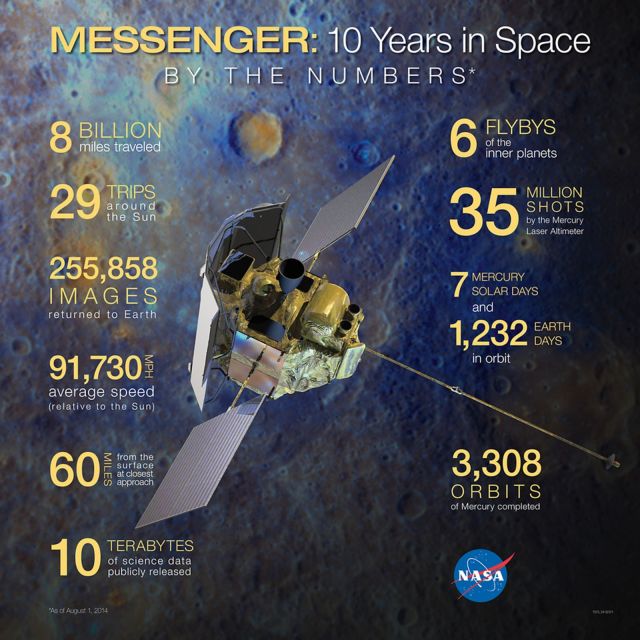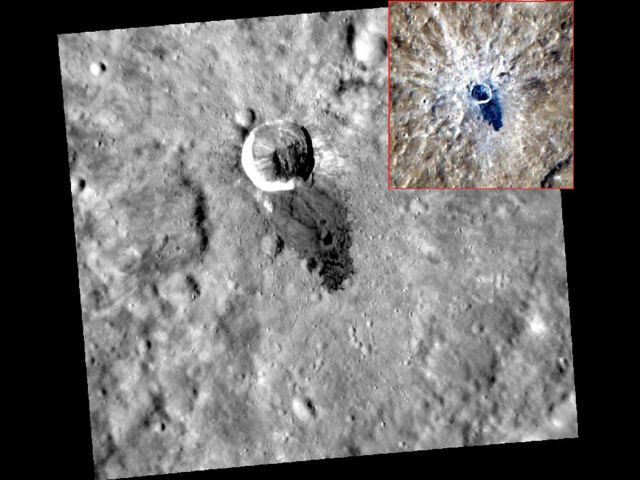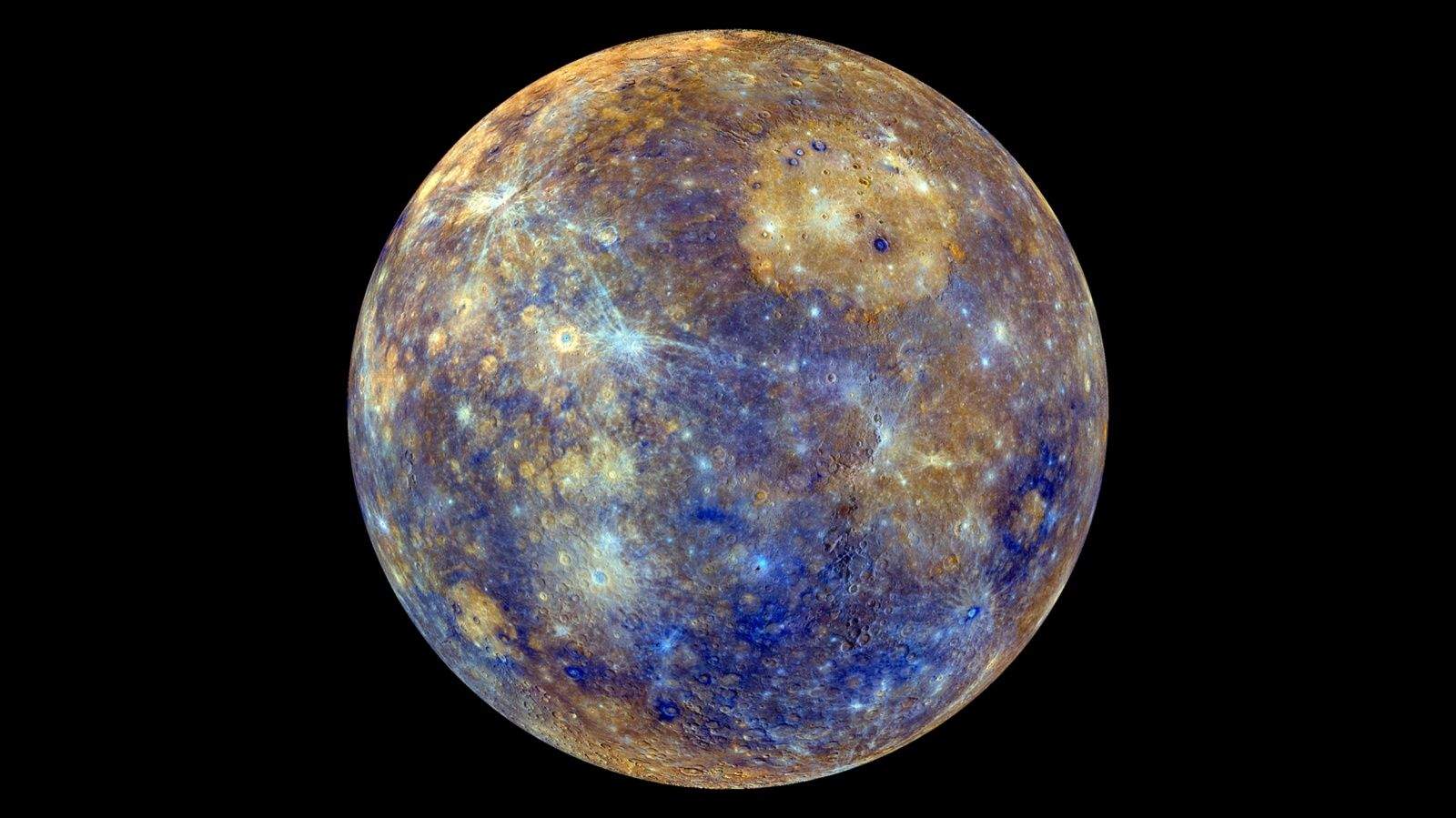Mercury is the most cratered planet in the solar system, a popular destination for asteroids and comets.
As bleak a place as this sounds, you may be able to give the pockmarked planet some personality.
The team piloting the MESSENGER spacecraft exploring the closest planet to the sun is calling on “all Earthlings” to name some prominent craters after famous people in the arts and humanities.
The deadline is Jan. 15 and inspiration can be found in pictures of the five craters on MESSENGER’s official website.
Mercury was one of our least-explored planets. That changed when MESSENGER first flew by Mercury in January 2008, four years after the space craft the size of a compact car was launched.
Another probe, Mariner 10, gave Earth its first close-up look at Mercury but its low-resolution camera surveyed just a portion of the planet.
MESSENGER settled into a yearlong orbit of Mercury in 2011 and has transmitted more than 250,000 pictures back to scientists. It has outlived its mission timeline by three years but will run out of fuel in March, when it will likely lose orbit and crash.

From MESSENGER, scientists gained new insight in the planet’s atmosphere and geology, including the discovery of water ice deposits in craters permanently shadowed from the Sun.
Scientists want to give names to certain features on the planet that have significant scientific interest. Names for mountains, cliffs, craters and other landforms make it easier for scientists to communicate about specific regions.
The International Astronomical Union is charged with assigning names to planetary features. The IAU rules say impact craters are named after visual artists, writers, poets, dancer, architects and musicians. The person has to have been historically significant for more than 50 years and dead for at least three years.
You will want to see the current list of names Mercury craters and also check your name against the list of names of Solar System features to avoid duplication.
For example, legendary dancer and choreographer Alvin Ailey already has a Mercury crater with his name on it.
The name can not have political, religious or military significance and scientists are asking enthusiasts to honor people from countries and cultural groups underrepresented in the catalog of names.



